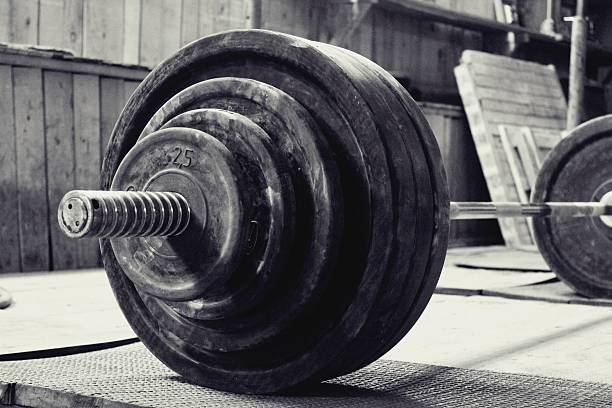10 Types of Barbells | Different Types of Barbells To Lift In The Gym
The 10 Most Common Types of Barbells for Strength Training
Whether you're just starting out or are a seasoned gym rat, choosing the right barbell is key to an effective strength training routine. Barbells may look similar to the untrained eye, but there are actually many different types designed for specific exercises and goals.
Understanding the pros, cons, and intended uses of different barbell types allows you to pick the best bars for your needs. Keep reading as we break down the 10 most common options available in gyms and for home use.
Standard Olympic Barbell

The standard Olympic barbell is the most versatile and commonly used option. Found in every commercial gym, it works well for major compound lifts like squats, deadlifts, bench press and overhead press.
Key features:
- 7.2 feet long, weighs 45 lbs
- 28-29mm diameter grip section
- Dual knurling marks for squats/deadlifts and bench press hand placement
- Spin sleeve collars to hold weight plates
- High tensile strength steel construction
- "Whippy" flexibility to absorb force on lifts like snatches
The spin of the sleeves and whip of the bar improves performance on explosive Olympic weightlifting moves like cleans and jerks compared to a stiff barbell.
But the standard Olympic bar still provides enough rigidity for heavy powerlifting as well.
Since it allows the widest variety of exercises, a high quality Olympic barbell is a sound investment for any home or garage gym.
Powerlifting Barbell
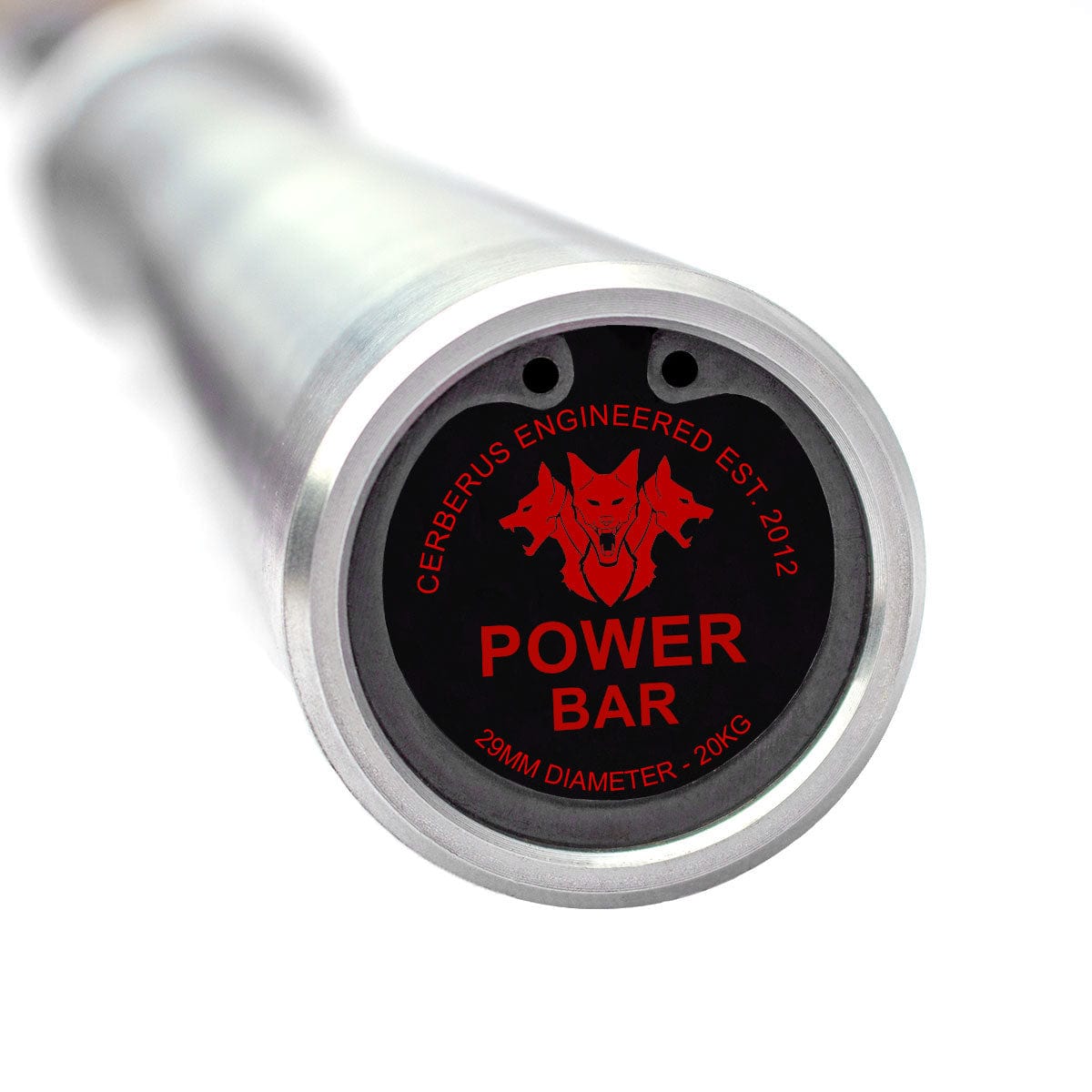
While an Olympic bar can be used for powerlifts, specialty powerlifting bars offer some advantages. The main power lifts are squats, bench press and deadlift - and dedicated power bars are stiffer to better support these heavy, grinding lifts.
Features include:
- 1500+ pound weight capacity
- More rigid construction with less whip
- Aggressive center knurling for extra grip on squats/deadlifts
- Sometimes have center markings for bench press grip
The lack of flex lets lifters grind out heavy singles and doubles without the bar twisting. And the sharp knurling gives you extra confidence when hoisting hundreds of pounds off the floor or out of the squat rack.
So while an Olympic bar works, a purpose-built power bar like the Rogue Ohio Power Bar is ideal for peak powerlifting performance.
EZ Curl Bar

As the name suggests, EZ (easy) curl bars are designed specifically for bicep curls and exercises that isolate the arms. The unique shape with multiple angled handles decreases wrist strain for moves like curls and overhead triceps extensions.
Other defining traits:
- Curved shape with 3 grip sections
- WEighs around 20 lbs
- Lower weight capacity around 100 lbs
By allowing a more natural grip position, an EZ curl bar helps lifters go heavier on arm training while minimizing wrist or elbow pain. This makes it especially useful for bodybuilders that need to hammer their guns multiple times per week.
The angled grips also provide some variation to spice up your training compared to straight bar curls. EZ curl bars excel for building bigger biceps, triceps and forearms.
Safety Squat Bar
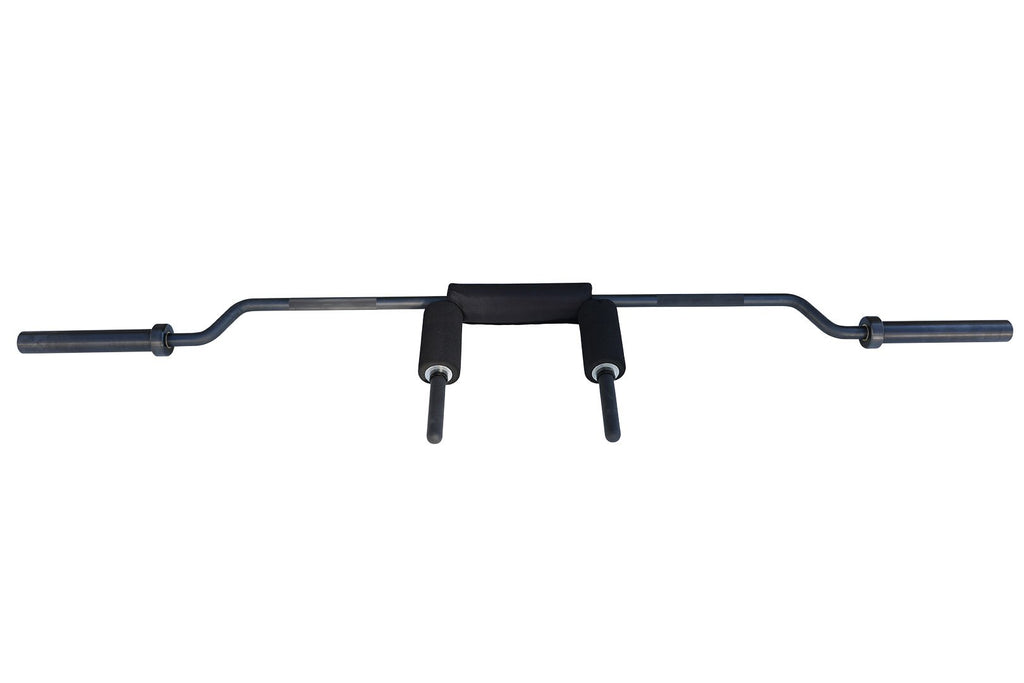
As the name suggests, safety squat bars allow you to - you guessed it - safely perform barbell back squats. How so? Their unique design reduces strain on the shoulders while squatting by changing the hand position.
Key features:
- C-shaped yoke for hands instead of straight bar
- Angled yoke places hands forward
- Support pads sit on back of shoulders/upper arms
- 20-30 lbs lighter than standard 45 lb bars
By shifting the arms forward, more stress gets distributed through the back instead of just the shoulders. The fixed yokes prevent the bar from rolling, increasing stability compared to high-bar squatting.
Safety squat bars enable much deeper squats without shoulder impingement or rotation. They also require less wrist mobility, making them popular with CrossFit athletes.
Of course as a specialty bar, safety squat bars do limit your options beyond squatting movements. But for protecting shoulders under heavy loads nothing beats a safety bar.
Cambered Bar
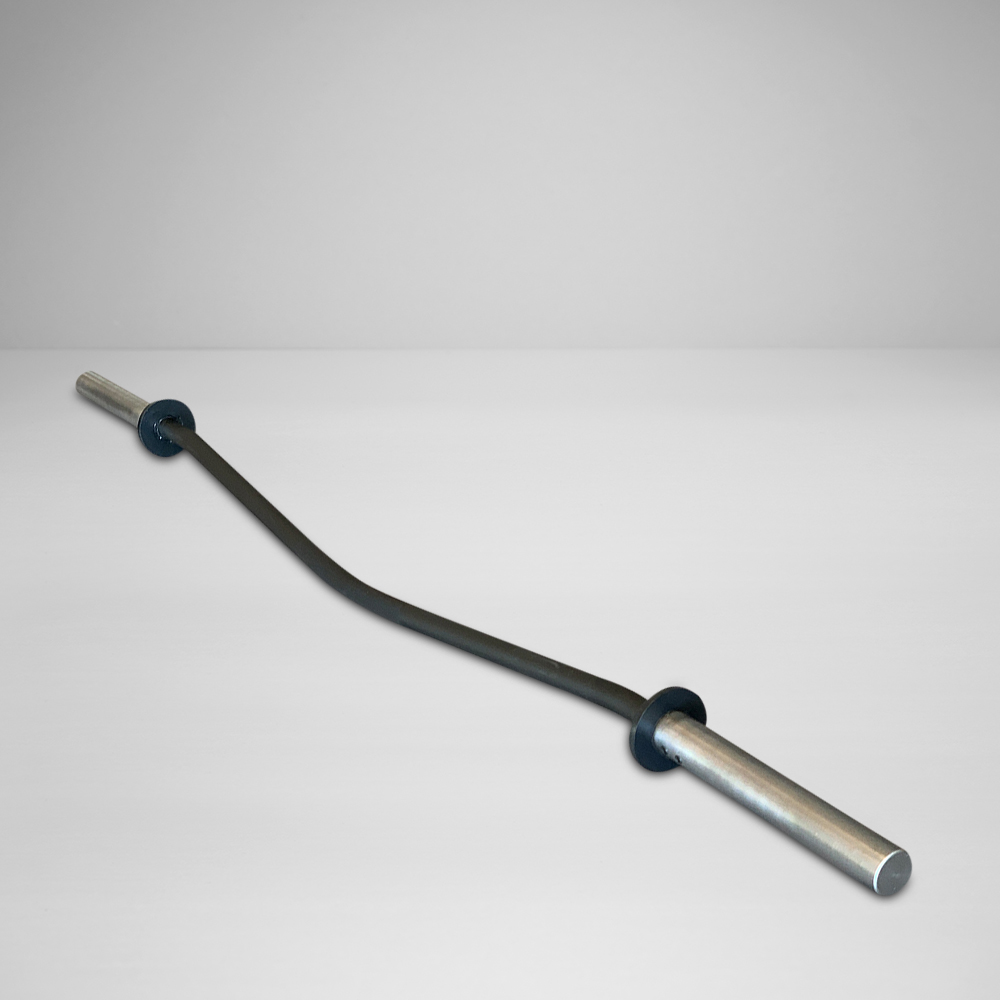
Also referred to as a cambered squat bar, this specialty bar features an angled shaft and crescent-shaped curve. The unique shape mirrors the natural forward arm path when lowering into a squat.
Benefits of the cambered bar include:
- Reduces shoulder strain and impingement
- Allows greater range of motion
- Enables more weight to be used due to increased stability
The camber realigns the wrists and elbows into a stronger pressing position, letting lifters handle heavier loads with less stress on joints.
Cambered bars excel specifically for front squats - hence their other name of cambered squat bar. The angled grip perfectly complements the racked position of the bar across your shoulders and collar bones when front squatting.
Along with front squats, these bars can be used for split squats, lunges and good mornings. Their standalone design makes them less versatile than a standard barbell, but unparalleled for hitting legs from the front.
Swiss Bar / Football Bar

The Swiss bar is an underrated specialty bar that lies somewhere between a straight barbell and an EZ curl bar. It features variations of handles attached to a bar providing a variety of grips.
Key traits:
- Weighs ~20 lbs
- Handles allow natural grip angle
- Easier on wrists and elbows
The neutral grip of the Swiss bar puts less strain on joints compared to pronated (overhand) or supinated (underhand) grips. The bar path also moves more naturally in line with most people's arms.
As a result, Swiss bars excel for:
- Overhead shoulder pressing
- Incline bench press
- Skull crushers
- Preacher curls
- Upright rows
- And more isolation exercises
The vertical handles let you move more weight with fewer wrist or elbow issues compared to straight or EZ bars.
If you often get wrist pain from pressing moves or strict curling, definitely give the Swiss bar a try.
Axle Bar

Axle bars are a feat of grip strength as much as overall power. Featuring a super thick, completely rigid shaft, axle bars have no spin or flex for a truly brute strength challenge.
Other key specs:
- 1.5-3 inch thickness
- Weigh 30-150+ lbs
- Requires heavy hand grippers/straps
- Used in strongman training
The sheer girth requires tremendous crushing grip power to hold, even before you add plates. And the fixed sleeves increase the challenge of cleanly hoisting it from the floor compared to rotating Olympic bars.
Axle bars hone grip strength while forcing total body power for deadlifts, rows, overhead presses and even walking lunges. Simply holding an axle bar taxes the forearms and hands beyond what knurled Olympic bars require.
These unfathomably thick bars separate the iron-fisted from the weak of grip. Brace both your body and hands before attempting axle bar lifts.
Trap Bar
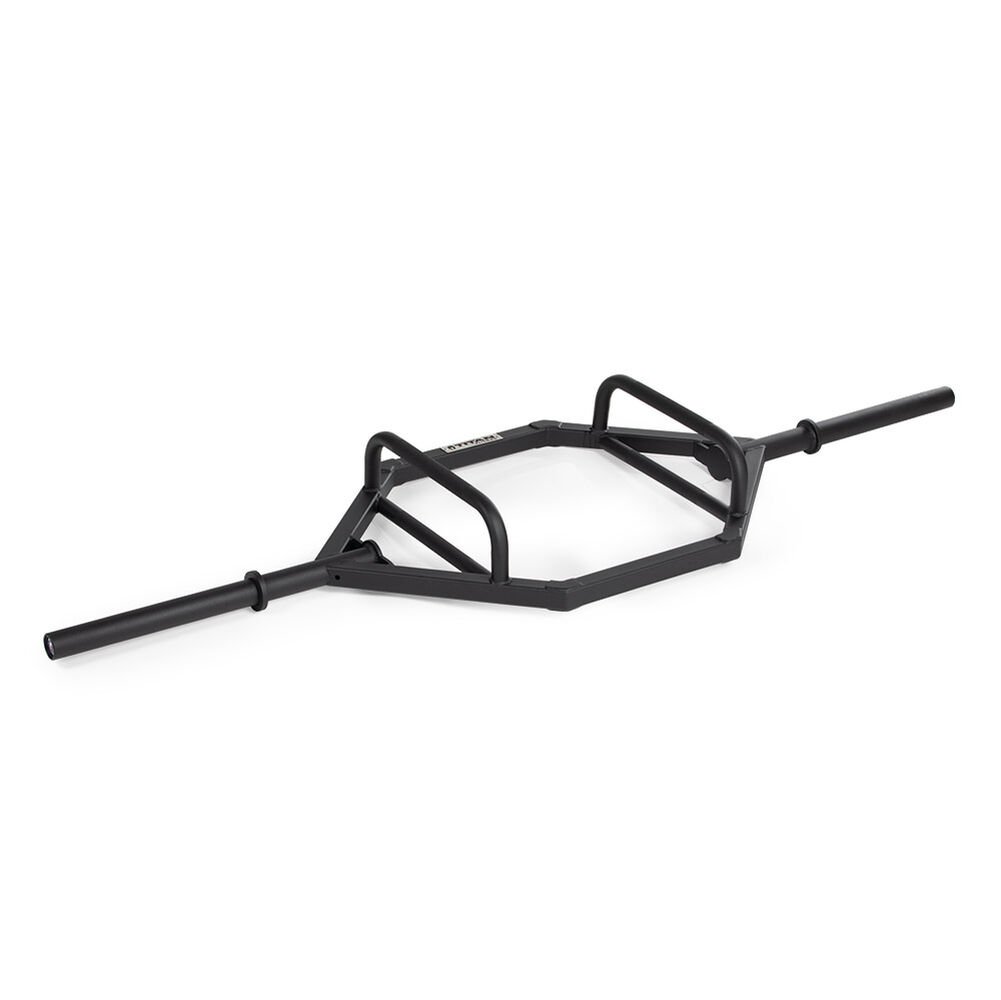
Trap bars - also called hex barbells thanks to their six-sided shape - take deadlifts in a more shoulder-friendly direction. What makes them unique? Instead of lifting in front of you, trap bars enable a neutral grip with the bar centered under your body.
Benefits include:
- Reduced spinal and posterior chain strain
- More quad and trap involvement
- Easier learning curve for deadlift technique
The centered hand position recruits more quads and reduces shear force on the spine compared to pulling heavy with a straight bar. This also makes trap bar deadlifts ideal for taller lifters with long limbs and torsos.
Beyond deadlifts, trap bars function admirably for rows, shrugs, and Romanian deadlift variations as well. Their neutral grip minimizes wrist strain even under heavier loads. Trap bars are an excellent tool for general strength and muscle building.
Log Bar

Log bars instantly conjure images of burly strongmen hoisting them onto their shoulders. These unspeakably heavy lifting implements level up overhead pressing power.
Characteristics include:
- Weigh 100-300+ lbs even unloaded
- Made from solid steel, concrete or actual tree logs
- Requires brute power just to clean and press
- Develops unreal shoulder stability and strength
With their irregular shape and off-center balance, stabilizing and controlling a log bar challenges shoulders like nothing else. Any athlete from powerlifters to CrossFitters can build next-level overhead strength and power with the awkward implement lifts that log training provides.
Once you master strict overhead log presses, up the ante with push presses, jerks or even walking with the log rested on your shoulders. This old school strongman staple brings a whole new meaning to pressing your own bodyweight overhead.
Specialty Olympic Bars
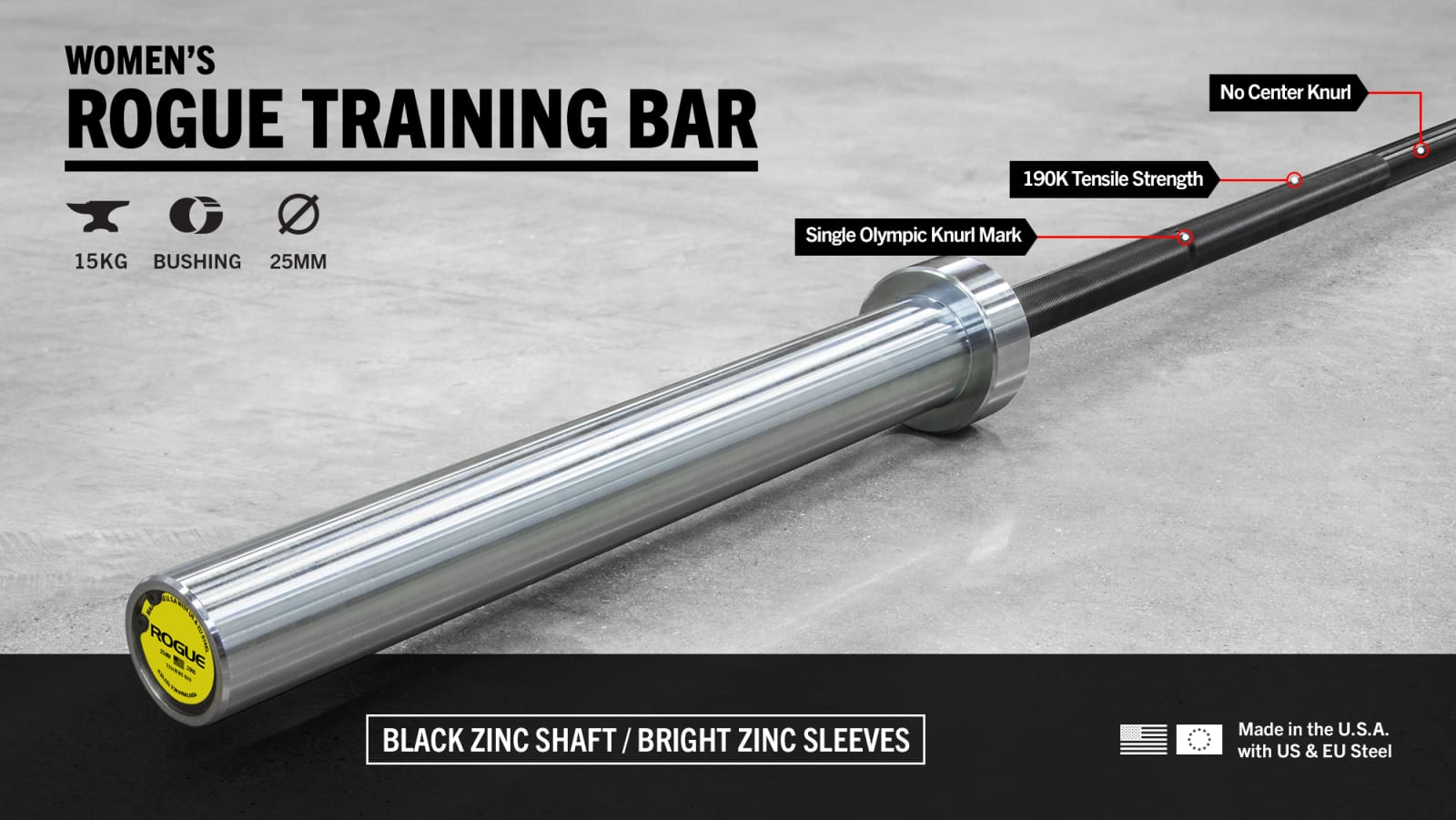
The final category covers the spectrum of specialty Olympic lifting bars for competitions and training. Examples include:
- Weightlifting bars with extra spin and whip for explosive snatches and clean & jerks
- Bearing bars that rotate more smoothly for CrossFit WODs requiring high bar muscle reps
- Women's bars with 25mm shafts and lower weight capacities
- Junior bars for youth athletes
- Technique bars that can hold multiple small plates for very light training
The array of specialty Olympic bars allows both recreational and competitive lifters to tailor their equipment to their sports specific needs.
Everything from bodybuilding, powerlifting and general fitness to competitive Olympic weightlifting has a tailored barbell to provide the right performance for the demands of each discipline.
Choosing the Right Barbell Matters
Far from a one-size-fits-all piece of equipment, subtle variations in barbell design have significant impacts.
An Olympic weightlifting bar whips much more than a thick powerlifting bar.
An EZ curl bar reduces wrist strain compared to lifting the same weight with a straight bar.
The right barbell properly loads the body while minimizing injury risk given your specific goals. Whether building a garage gym or joining a commercial facility, take stock of your own strength priorities.
Then choose the specialty bars - if not a general barbell - that align with your training style and are available to meet your needs.
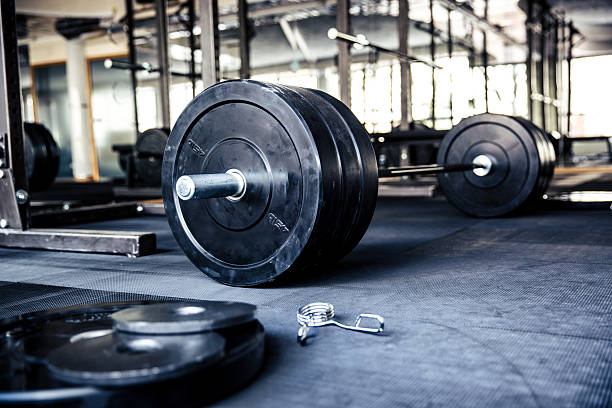
FAQs About Different Types of Barbells
What is the most common type of barbell?
The standard Olympic barbell is the most versatile and commonly used option. Found in every commercial gym, it works well for major compound lifts like squats, deadlifts, bench press and overhead press.
What's the difference between an Olympic barbell and a powerlifting barbell?
While an Olympic bar can be used for powerlifts, specialty powerlifting bars offer some advantages. Power bars are stiffer to better support heavy, grinding lifts like squats, bench and deadlift. They also have more aggressive knurling for extra grip.
What barbell is best for weightlifting?
Specialized weightlifting bars with extra spin, whip and bearing quality excel for explosive Olympic lifts like snatches and clean & jerks. CrossFit bars also rotate smoothly for high rep Olympic movements.
What should I look for in a standard barbell?
For versatility across strength training, look for a steel Olympic barbell that's around 7 feet long, has dual knurling marks, spins smoothly, and offers some flex for dynamic lifts. Quality spin sleeve collars securely hold plates.
What barbell is best for deadlifts?
For heavy deadlifts, a powerlifting bar with stiff construction prevents twisting under load. Olympic and multipurpose barbells also work, but avoid bars with extra whip if lifting very heavy. For variation, hex/trap bars reduce spinal compression compared to straight bars.
What types of barbells are used in Olympic weightlifting?
Specialized Oly bars offer maximum spin and whip for explosive lifting. Competition bars meet standardized specs like precise sleeve revolutions and whip ratings for performing snatches and clean & jerks on certified platforms.
What barbell should I use for powerlifting?
Stiffer specialty powerlifting bars provide superior support for squatting, bench pressing and deadlifting maximal weights. Sharp center knurling also enhances grip security for peak one rep max lifts.
What is a good multipurpose barbell?
A high quality Olympic barbell with some rotational spin and tempered steel shaft works excellently for both Olympic lifts and power movements. It offers needed flexibility and handles heavy weight well across strength training.
Are all gym barbells the standard 45 lbs?
Most barbells do weigh 45 lbs, but exceptions include EZ curl (~20 lbs), safety squat bars (~25 lbs) and heavier axle bars that weigh upwards of 100 lbs empty. Women's bars often weigh 35 lbs.
How do barbells differ from types of dumbbells?
Barbells load weight bilaterally allowing greater loads compared to dumbbells. But dumbbells train limbs independently and facilitate more movement variety. Both barbells and varying dumbbells have benefits in a training program.

Choosing the Right Barbell Type for Your Goals
As a personal trainer for over 10 years, clients often ask me questions about the types of barbells available and which ones they should use. There are small but meaningful differences between barbells that make each better suited for particular goals. Here is my guide to selecting the right bar type.
For Deadlifts, Bar Stiffness Matters
When training for maximal deadlift strength, I recommend using a stiff specialty powerlifting bar or deadlift bar.
The rigid construction prevents the bar from bending or twisting under very heavy loads.
Standard bars can whip too much when deadlifting over 500 lbs. Hex trap bars are also excellent, since they allow a neutral grip that spares the lower back.
Powerlifting Bars Support Maximal Weights
If your focus is squatting, bench pressing or deadlifting the most weight possible, then a dedicated powerlifting bar is best.
They withstand over 1,500 pounds without flexing and have sharp knurling for a locked-in grip on heavy lifts.
The center knurling helps keep the bar in place when going for true one rep maxes.
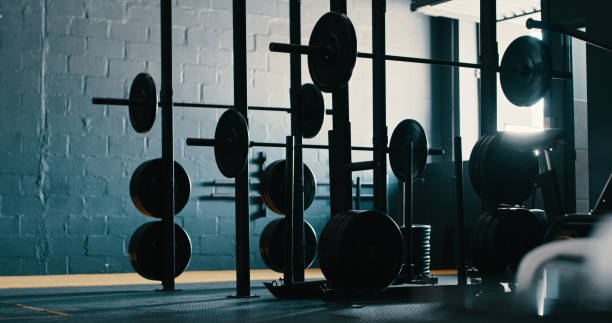
Oly Bars Spin for Explosive Lifts
For training the snatch and clean & jerk, a bearing bar with smooth spin is crucial. Weightlifting bars also have "whip" or flex to help bump the weights up from the bottom position.
I recommend Eleiko bars for serious Olympic weightlifters, but Again Faster bars are a good budget choice.
Specialty Bars Target Specific Muscles
Unique bars like Swiss bars, safety squat bars and cambered bars allow you to strengthen muscles through different angles and ranges of motion. This helps prevent overuse injuries.
They also enable lifting heavier weights compared to using standard bars for the same movements.

Know Which Barbell Suits Your Routine
Whether training for powerlifting, Olympic lifting or bodybuilding, make sure the gym you join has the specialty bars you need.
Local YMCAs likely just have standard bars, while serious lifting gyms offer multiple barbells. Invest in a quality multi-purpose or speciality bar for your home gym too.
The right bar can make every lift feel more stable and confidence inspiring. Test out the different barbell options through training cycles to discover which ones best fit your body mechanics and strength goals.
Why are there multiple types of barbells?
Different barbells provide specific advantages for types of lifts.
For example Olympic bars spin well for snatches, while deadlift bars don't bend under 800+ lbs. Multiple varieties allow customization for your strength sport and individual needs.

